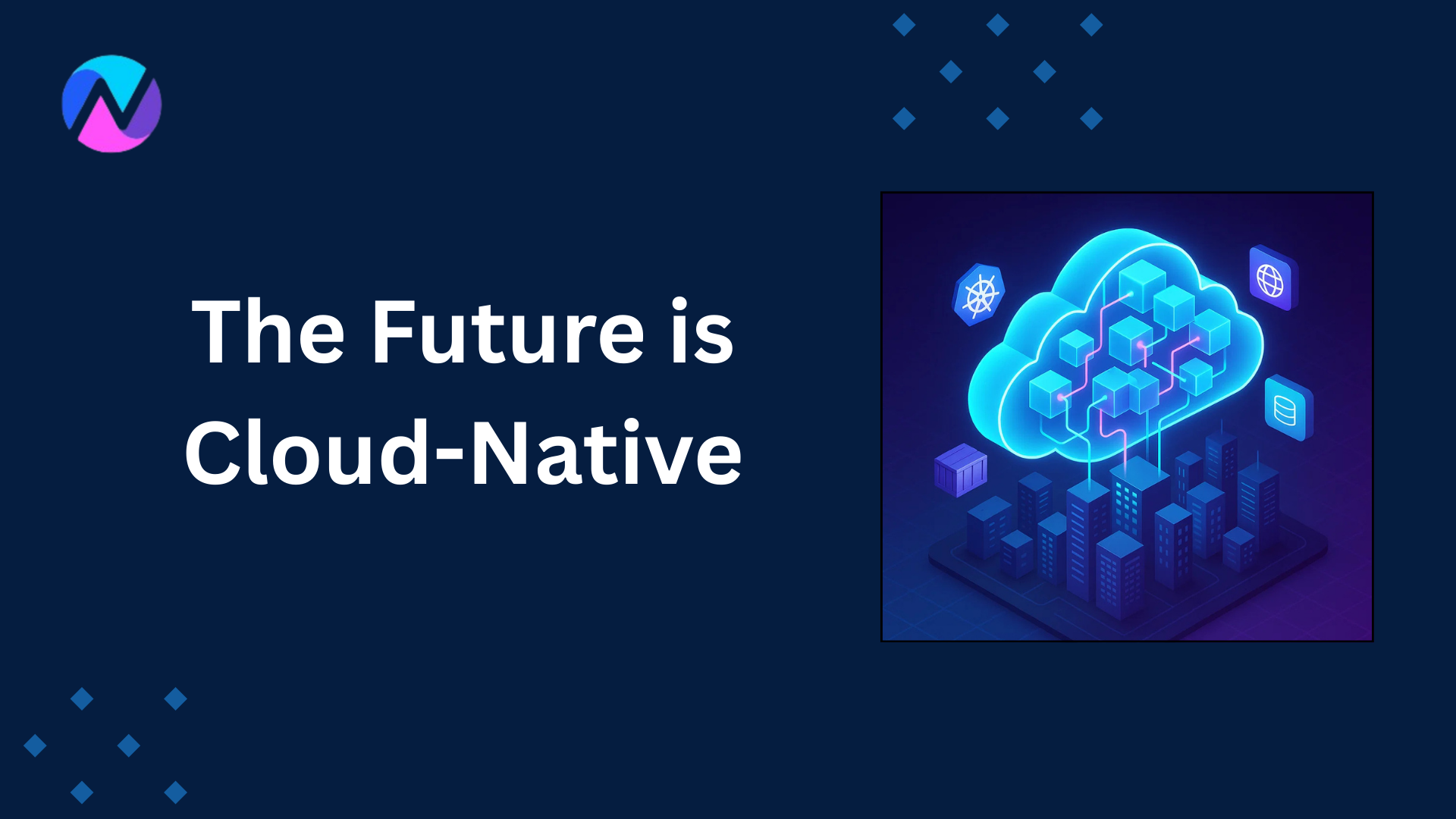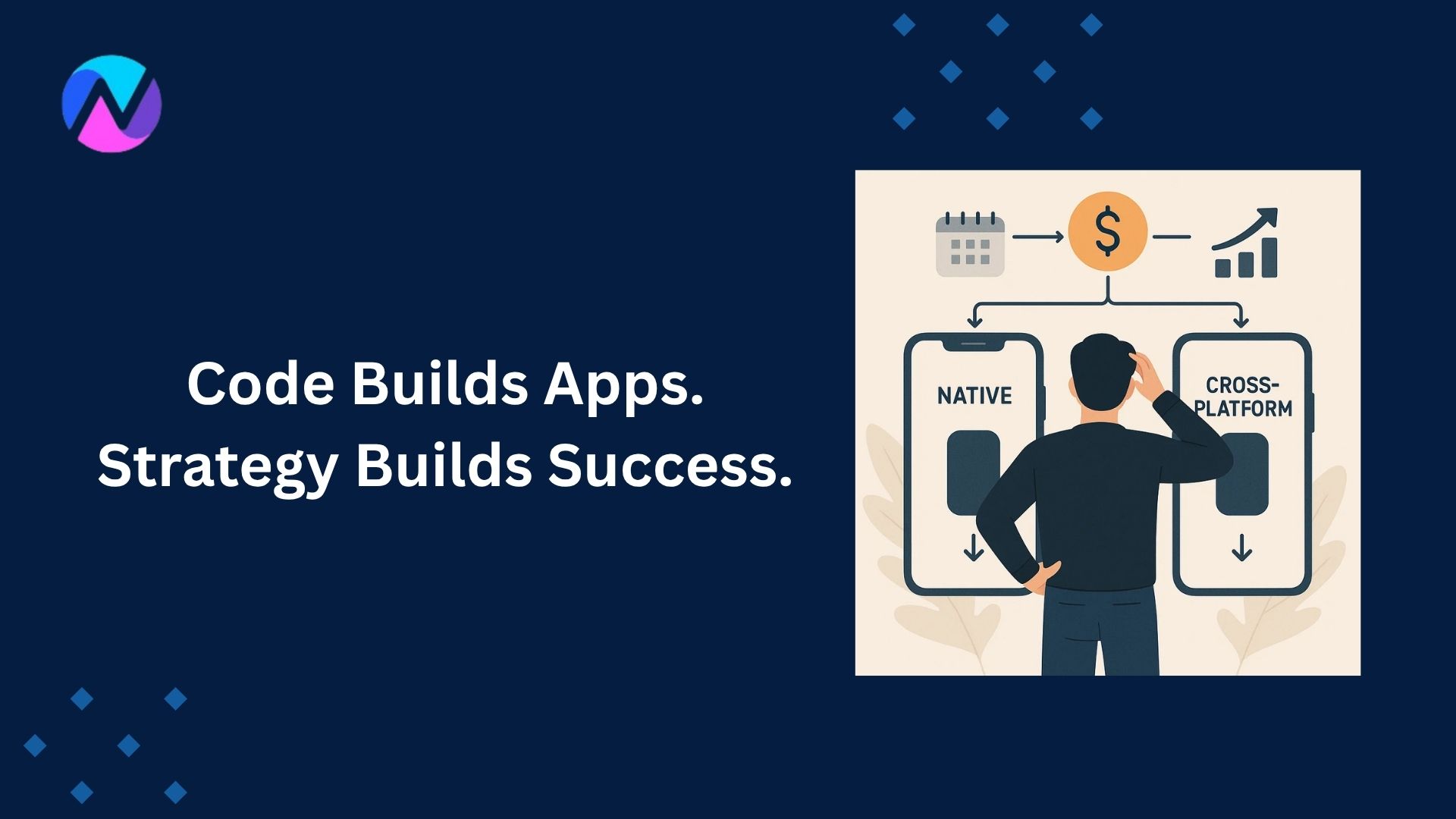
Introduction
The digital world doesn’t wait. User expectations are rising, markets evolve quickly, and businesses need to scale faster than ever. Traditional monolithic applications—where the entire system is built and deployed as a single unit—struggle under these demands. Scaling them is expensive, updates are risky, and downtime is almost unavoidable.
This is where cloud-native development comes in. It is not just about deploying apps on the cloud, but about designing them for the cloud from the ground up. Cloud-native apps are modular, resilient, and inherently scalable. For startups and enterprises alike, cloud-native has become the gold standard for building applications that can grow without limits.
What Exactly is Cloud-Native Development?
Cloud-native development is a philosophy and a set of practices that leverage cloud technologies to build and run applications that are:
- Scalable → Can handle millions of users dynamically.
- Resilient → Can withstand failures without major disruption.
- Portable → Can run across multiple cloud environments.
- Automated → Faster deployments, minimal manual intervention.
The core pillars of cloud-native are:
- Microservices Architecture
- Breaking down apps into independent, loosely coupled services.
- Each microservice focuses on a specific business capability (e.g., payments, search, notifications).
- Easier to scale individual components rather than the entire system.
- Containers
- Package an application and its dependencies into a single lightweight unit.
- Ensures consistency across development, testing, and production environments.
- Docker is the most popular container platform.
- Kubernetes (K8s)
- The de facto standard for container orchestration.
- Automates deployment, scaling, monitoring, and self-healing of apps.
- Example: If a service crashes, Kubernetes automatically redeploys it.
- DevOps & CI/CD Pipelines
- Continuous Integration (CI) → Automated testing for every code change.
- Continuous Deployment (CD) → Code is shipped to production quickly and safely.
- Brings agility and faster time-to-market.
Why Cloud-Native is Critical for Scalability
- Elastic Scaling
Cloud-native apps scale horizontally (adding more servers) rather than vertically (upgrading a single server).- Example: An e-commerce site can scale only its “checkout service” during holiday sales instead of scaling the entire application.
- Resilience and Fault Tolerance
- Failures are isolated → If one microservice goes down, the rest of the app continues running.
- Built-in redundancy ensures zero downtime.
- Faster Innovation Cycles
- Teams can work independently on different services.
- Continuous updates without affecting the whole app → users always get the latest features.
- Global Accessibility
- Deploy apps across multiple regions and cloud providers.
- Ensures fast performance and low latency worldwide.
Real-World Success Stories
- Netflix
Handles billions of streaming hours monthly using microservices and Kubernetes. It can instantly scale based on peak demand like new show releases. - Uber
Migrated from a monolithic system to microservices to support millions of concurrent ride requests worldwide. - Airbnb
Uses cloud-native architecture for seamless booking experiences and scaling during seasonal traffic spikes. - Spotify
Manages microservices to deliver personalized playlists, continuous app updates, and reliable streaming for millions.
Challenges in Adopting Cloud-Native
While the benefits are undeniable, companies also face hurdles:
- Complexity
Managing hundreds of microservices, containers, and configurations requires expertise. - Security Concerns
Distributed systems introduce new attack vectors. Securing containers and APIs is a must. - Cultural Shift
Teams must embrace DevOps practices and automation rather than traditional siloed approaches. - Cost Management
Without proper monitoring, cloud costs can spiral out of control.
Best Practices for Cloud-Native Development
- Design for Failure → Assume things will break, and build self-healing into your architecture.
- Adopt Observability → Use monitoring, logging, and tracing to get full visibility.
- Automate Everything → From testing to deployments, automation ensures speed and reliability.
- Go Multi-Cloud → Reduce dependency on a single provider by designing apps that run across different clouds.
- Shift-Left Security → Integrate security checks early in the CI/CD pipeline.
The Future of Cloud-Native
Cloud-native development is evolving rapidly. Some trends shaping the future include:
- Serverless Computing → Developers write code without managing servers (AWS Lambda, Google Cloud Functions).
- AI + Cloud-Native → AI-driven auto-scaling, performance tuning, and anomaly detection.
- Service Meshes → Tools like Istio for managing microservice communication securely and efficiently.
- Green Cloud-Native → Focus on reducing energy usage and improving sustainability.
In the next 5 years, almost every enterprise-grade app will adopt some form of cloud-native architecture.
Conclusion
Scalability is no longer optional—it’s a necessity. Cloud-native development offers the tools and practices to build applications that are fast, resilient, and capable of handling tomorrow’s challenges.


